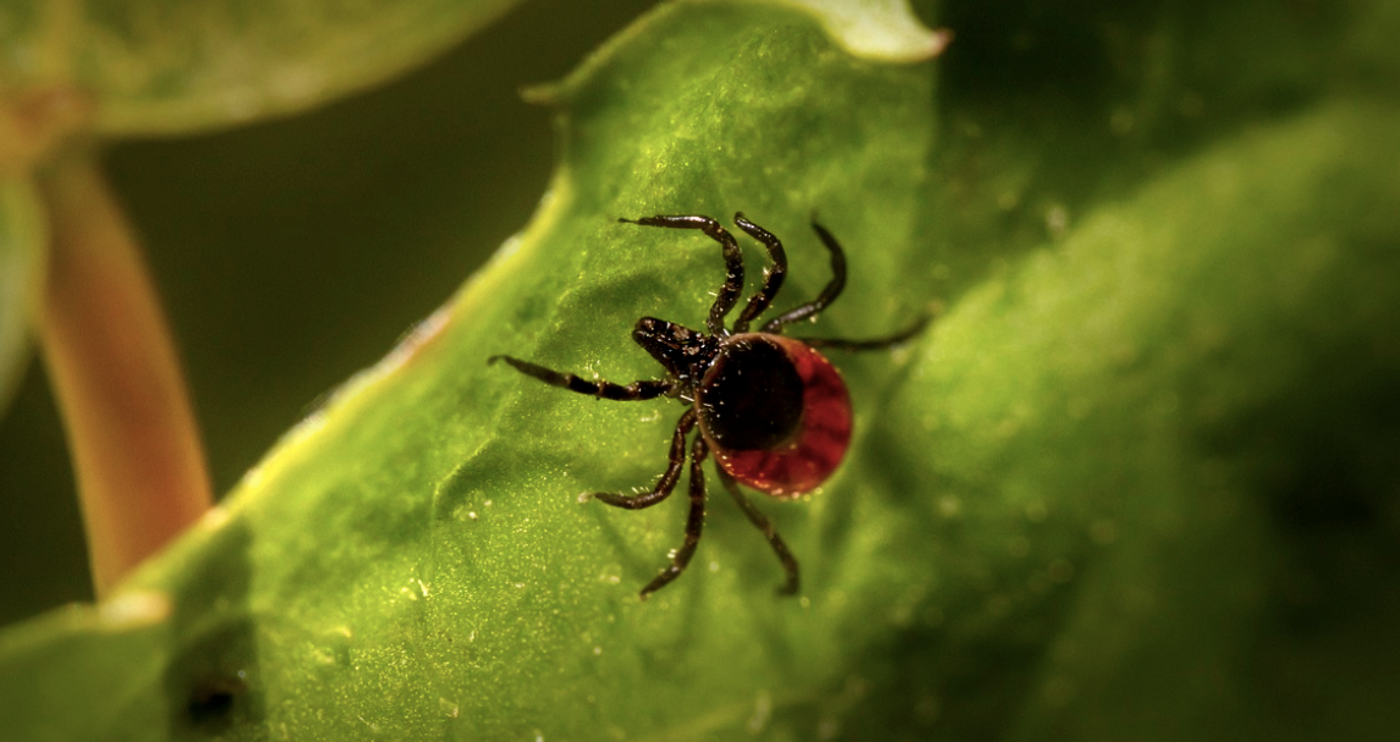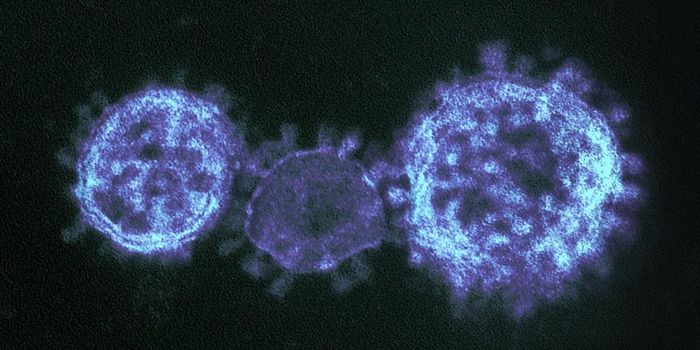Investigating Active Tick-Borne Powassan Virus Transmission in New England
Reporting in the Proceedings of the National Academy of Sciences, researchers have found that a virus transmitted by ticks, Powassan virus, is spreading in concentrated clusters in communities in New England. This work has highlighted the importance of monitoring for the disease, and educating the public. Right now, the only way to prevent the virus is to stay away from ticks in the Northeast part of the United States and the Great Lakes region during late spring and mid-fall, when the pests are most active.
When ticks that are infected with Powassan virus bite humans, the disease can arise quickly, in as little as fifteen minutes after the tick latches onto the skin, although most people who are infected never experience symptoms. There are no vaccines or treatments for the disease, which can cause brain swelling in some infected individuals and can be fatal.
The disease was first identified in 1958, when an infected five-year-old child developed brain inflammation, called encephalitis, and died. Until 2006, about one case was diagnosed every year, and then the infections started to increase. Now, dozens of cases are confirmed every year.
In this study, the researchers assessed 279 samples of the virus from deer ticks, also known as black-legged ticks that were collected in Connecticut, Maine, and New York between 2008 and 2019. Using genetic sequencing, the investigators traced the history of the virus. This indicated that at some point between 1940 and 1975, a branch of the lineage 2 Powassan virus emerged in the Northeast. This type of the virus is the cause of most North American Powassan cases. The virus reached Maine by 1990, possibly through birds or another vertebrate host or hosts. The virus then became more common in the wild until the numbers stabilized around 2006.
Since the incidence of Powassan does not appear to be increasing in the wild, the rise in human cases may be due to an increase in human-tick interaction, because clinicians are more likely to spot the disease, or because the ticks that carry the disease are becoming more common.
Right now, there is no evidence that the virus is moving to new areas. However, the researchers could only sample so many areas, and it is possible that they missed some.
The areas of concentrated spread are probably only about the size of a football field, said study co-author Doug Brackney, a researcher at The Connecticut Agricultural Experiment Station and an assistant clinical professor at YSPH.
This study has shown where the hotspots are, however.
"It's incredibly important to do surveillance to know what's out there," said first study author Chantal Vogels, a research scientist at YSPH. "We typically only see the most severe cases of disease, and those are the people that end up in the hospital. But it's probably just the tip of the iceberg."
Taking early steps to lean more about this virus could also prevent bigger problems in the future.
Sources: Yale School of Public Health, Proceedings of the Narional Academy of Sciences









